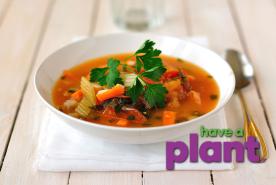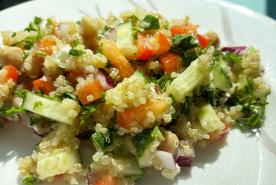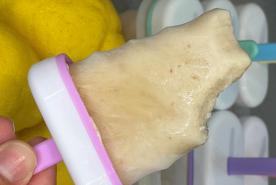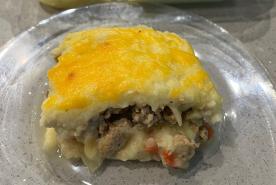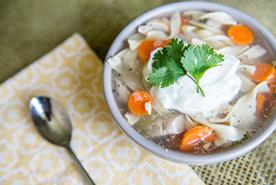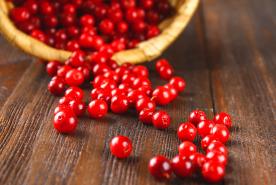August 12, 2014
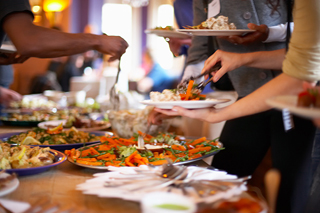 Surviving the holidays with healthy habits intact can be tricky for anyone, but for those with kidney disease there’s more at stake than just the number on the scale. While that one may be the most obvious, it’s important to know your other numbers – your lab targets, any dietary limits or restrictions, and your daily calorie allowance. Establish your health goals and use these tips to help prepare for upcoming social events that may tempt you to turn away from your kidney-friendly lifestyle. Point your efforts in a healthy direction by following this holiday dining guide that’s also handy year-round. With a little planning, it’s possible to turn your favorite unhealthy recipes into delicious, kidney-friendly holiday dishes. Let the menu makeovers begin!
Surviving the holidays with healthy habits intact can be tricky for anyone, but for those with kidney disease there’s more at stake than just the number on the scale. While that one may be the most obvious, it’s important to know your other numbers – your lab targets, any dietary limits or restrictions, and your daily calorie allowance. Establish your health goals and use these tips to help prepare for upcoming social events that may tempt you to turn away from your kidney-friendly lifestyle. Point your efforts in a healthy direction by following this holiday dining guide that’s also handy year-round. With a little planning, it’s possible to turn your favorite unhealthy recipes into delicious, kidney-friendly holiday dishes. Let the menu makeovers begin!
Here are some tips to help kidney patients stay on track during the holidays:
- Challenge yourself to reach lab goals. Ask others to hold you accountable. Use daily food diaries to track food portions and calories as well as sodium, potassium, phosphorus and protein goals, as applicable. Familiarize yourself with food values. Visit the USDA food tables for nutrition information if you have questions.
- Practice portion control. Pre-set limits on certain foods you find tempting. Avoid large servings of unfamiliar recipes or any foods you know will upset your balance. Beware of the buffet! Don’t look at holiday meals as “all-you-can-eat” occasions. Buffets may look enchanting but cause regrets later. Whenever possible, review menus in advance to plan ahead and make the right choices. Use your renal dietitian as a resource and ask for advice regarding the most appropriate choices on the menu.
- Trim the fat. Be careful of fried foods, creamy dishes and casseroles. Trim the skin off turkey, roast beef and other meats. Try substituting unsweetened applesauce for oil or low-fat versions of sour cream and cream cheese for their full-fat counterparts. Recipes with eggs can be modified with 2 egg whites or ¼ cup egg substitutes for each egg. See the chart below for a substitution guide.
- Desserts can be extra challenging, but it’s possible to have your cake and eat it too! Some kidney-friendly choices include berry pies, cobbler, angel food cake, pound cake or lemon meringue. These are often low in calories and potassium.
- Steer clear of the salt shaker. Reduce the sodium in your diet by avoiding dishes high in salt. Leave out the salt during and after cooking. When it comes to your holiday meals, you don’t need to compromise flavor to meet your health goals. Palate pleasing tip: whenever possible, substitute fresh garlic, onions, herbs and safe spices (based on your diet regimen) in lieu of salt. Many traditionally-prepared holiday meals exceed the daily sodium guideline of 2000-2300 mg per day.
Use the following chart to help slash calories and fat from your family-favorite recipes.
| Kidney-friendly Substitution Guide | |
|---|---|
Instead of this… | Try this… |
Sour cream | Low-fat sour cream/cottage cheese |
Whole egg | 2 egg whites |
Oil (for baking) | Unsweetened applesauce |
Regular Jello® | Sugar-free Jello® or gelatin |
Fruit packed in syrup | Fruit packed in juice or frozen fruit without sugar added |
Sugar* | Honey or Pure Glucose Syrup or Agave Nectar: use ¾ cup for 1 cup sugar |
*Before filling your measuring cup with sugar or sugar substitutes here are some key things to note:
This guide is meant to provide general tips but the National Kidney Foundation recommends that you seek out advice from your registered dietitian (RD) regarding your specific diet when using sugar and sugar alternatives.
- These sugar substitutions won't necessarily cut calories, but may be better alternatives for those with kidney disease and/or diabetes.
- Pure glucose syrup is recommended over agave nectar because it is lower in fructose content and lower ratios of fructose helps protect liver function and can help decrease incidence of type 2 diabetes.*
- When cooking, for each 1 cup sugar replaced, reduce liquid by 2 tablespoons and lower oven temperature by 25 degrees Fahrenheit.
- Those on dialysis should avoid molasses and larg e amounts of maple syrup due to their very high potassium content.
- Do not use more than ½ cup of brown sugar in recipes with other foods that also contribute to your daily potassium allowance. In addition to potassium, brown sugar also contains trace amounts of calcium.









